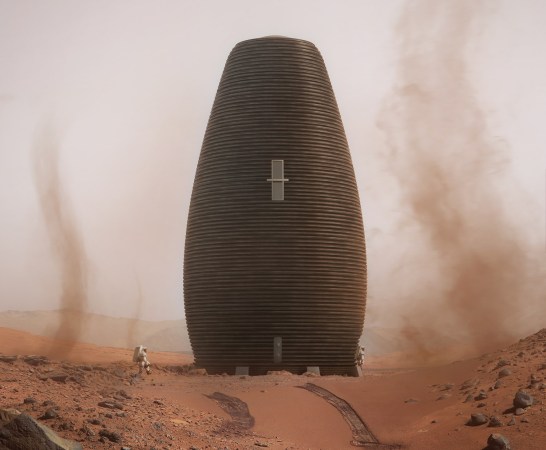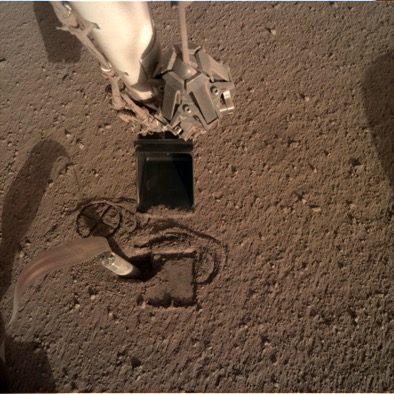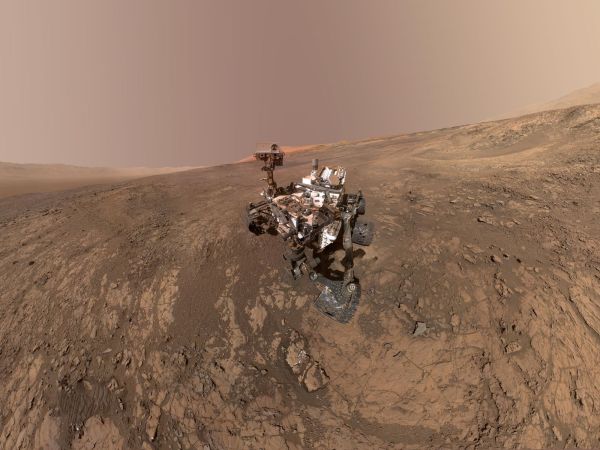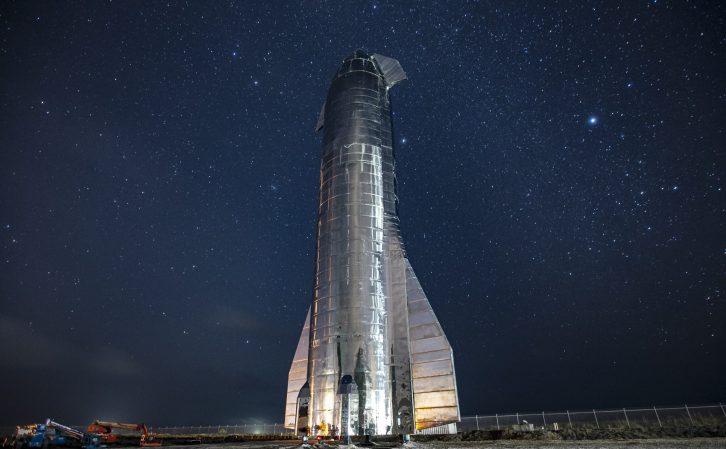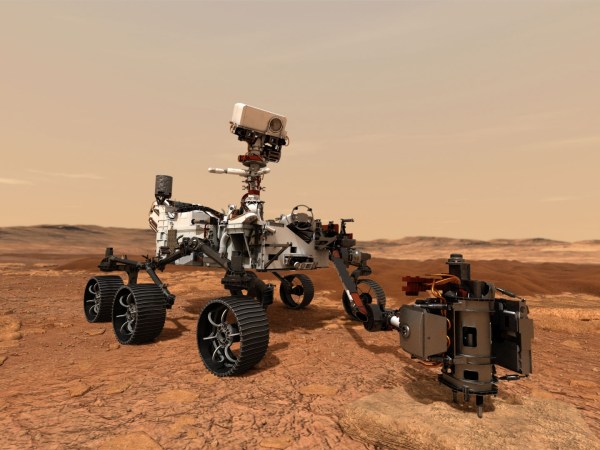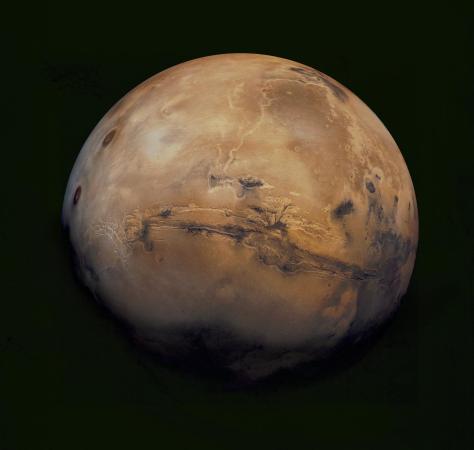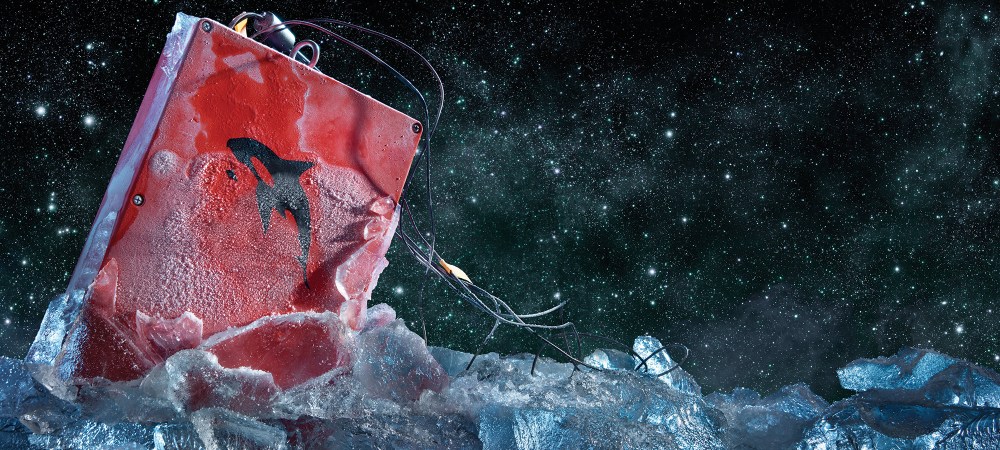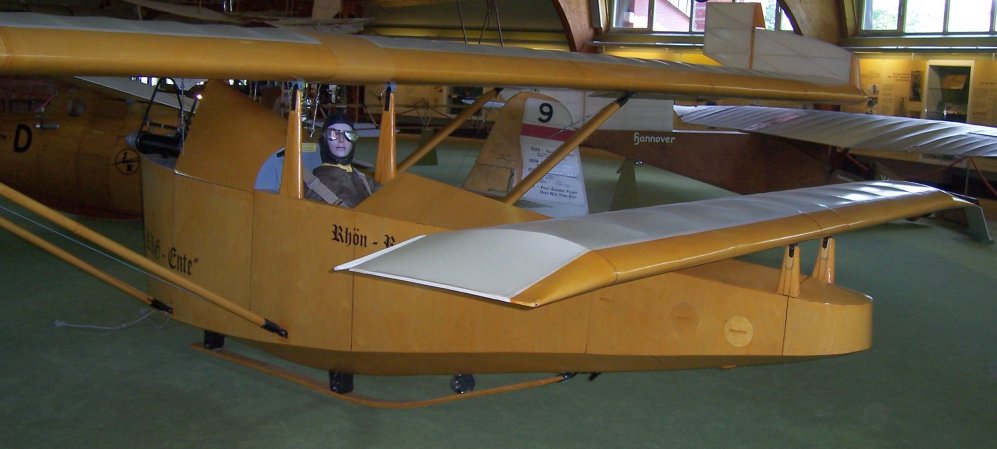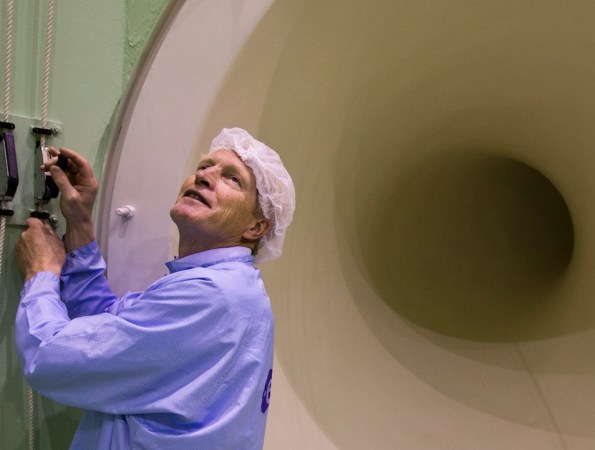

MiMi Aung was still a young girl when she learned a lesson that has defined her career at NASA. Struggling with a math problem, she sought guidance from her mother, who had a doctorate in the subject. She soon tired of Mom’s long explanation and demanded a quick answer. Aung vividly recalls the stern rebuke from the usually soft-spoken woman: “Never, never ask me for a shortcut.”
No shortcuts. That’s a good rule for the electrical engineer leading the team behind the first autonomous drone destined for another world. When the Mars Helicopter arrives on the Red Planet in 2021, it will make five increasingly difficult flights and perhaps take some pictures.
NASA hopes to prove the technology works well enough to develop larger choppers that could collect samples, perform aerial surveys, and even ferry cargo on future missions. Such a machine could explore volcanoes and lava tubes, fly through canyons, and investigate other areas rovers can’t reach and probes can’t see.
[Related: Your ancestors might have been Martians]
“It’s more than just flying on another planet,” says Aung, who oversees the helicopter’s construction and testing at NASA’s Jet Propulsion Laboratory. “It will open doors to a whole new class of exploration.”
The Martian atmosphere is 1 percent the density of Earth’s, which makes flitting 9 to 15 feet above the surface akin to flying at 100,000 feet here at home. To achieve lift, the counter-rotating blades will spin at 2,300 to 2,500 rpm, about five times faster than a terrestrial helicopter’s. Sending the craft to the Red Planet tucked beneath the Mars 2020 rover necessitates limiting the propeller to a diameter of 4 feet. Given the physics of flying there, a rotor that size can’t lift more than 4 pounds here on Earth.
Engineering challenges like that are what drew Aung to JPL in 1990. Her fascination with space started when she was a child in Myanmar. Although she was born in the U.S., where her parents earned their doctorates, the family returned home when she was a toddler. Growing up without much material wealth, Aung often gazed at the starry sky, wondering if we’re alone. “The less you have, the more you think about those things,” she says.
Aung’s affinity for numbers led her to study electrical engineering at her parents’ alma mater, the University of Illinois at Urbana-Champaign. As she was finishing her master’s degree, a professor mentioned JPL’s work processing weak signals from deep space. Aung saw it as an opportunity to combine her love of math, her fascination with space, and her engineering skills in an ideal job.
She started her career working on the Deep Space Network, NASA’s tool for communicating with spacecraft, then developed guidance, navigation, and control systems. JPL named her deputy manager of its autonomous systems division in 2013, and tapped her to lead the Mars Helicopter team two years later. “I was a natural fit,” she says.
[Related: Astronaut diaries and the perils of flying to Mars]
The helicopter features a cubical fuselage 5.5 inches across, a pair of carbon-fiber rotors, and a 13-megapixel camera. Six lithium-ion batteries provide power. The rotorcraft completed a successful test flight in January 2019 and is slated for liftoff with the Mars 2020 mission in July of that year.
It will arrive on the Red Planet the following February. Once deployed, the little bird will let the sun charge its batteries before running diagnostic tests and awaiting the order to fly. Given the distance between Earth and Mars and other considerations, Aung could have to wait several hours before knowing whether the craft heeded the command, because in space, there are no quick answers. And no shortcuts.
This story originally published in the Fall 2019, Out There issue of Popular Science.
